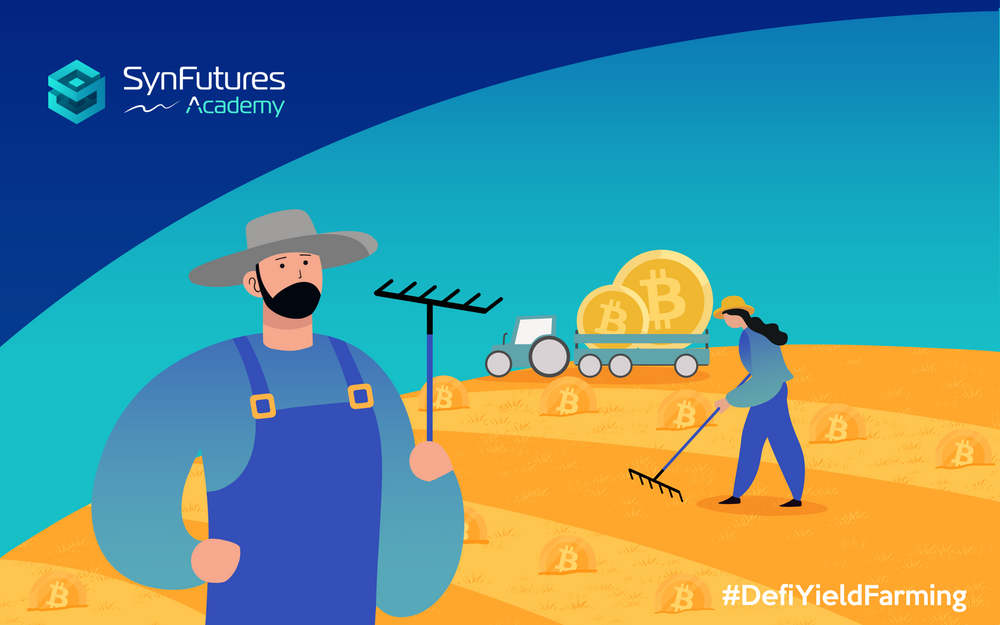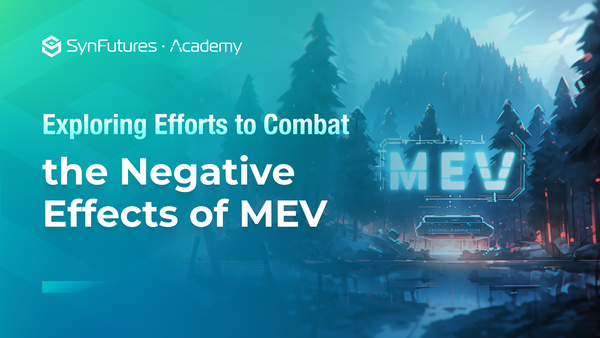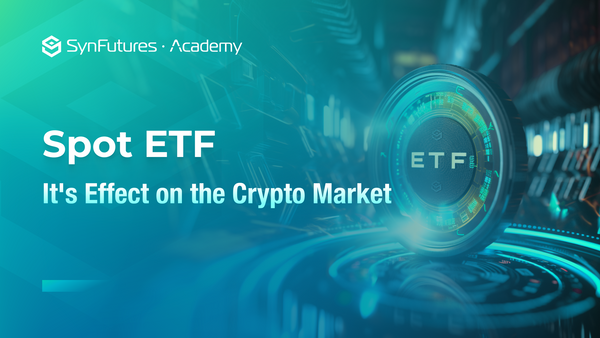What is Yield Farming in DeFi?
Key Takeaways
- Farming incentives are rewards that are emitted by a decentralized exchange on specific liquidity pools in order to incentivize more users to provide liquidity for the corresponding token pair.
- Farming in DeFi can also be referred to as liquidity mining, and help protocols kickstart the liquidity of a newly released token pair.
- Decentralized finance users can deploy very lucrative strategies by following farming rewards on different platforms and smart contract ecosystems.
Overview
The world of decentralized finance (DeFi) has led to the emergence of many intricate financial mechanisms and market-making protocols. The most primitive of these is the automated market maker (AMM), which is vital to the decentralized exchange and the cornerstone of the decentralized financial ecosystem.
Decentralized exchanges allow anyone in the world with a cryptocurrency wallet and internet connection to seamlessly trade tokens with no KYC or other barriers of use. Users can interact with a single smart contract in order to conduct a trade, and as the DeFi space has matured we have seen these markets slowly become more and more liquid.
However, the main flaw with the decentralized exchange is the risks associated with its market-making architecture. Those who provide liquidity to liquidity pools are exposed to inherent risks in AMM architecture and thus are wary of the tokens which they are providing liquidity for. As a result, the launch of new tokens and projects are often plagued with low liquidity, making them unusable. Trading fees alone often did not suffice for the losses that liquidity providers would bear in providing liquidity, and thus DeFi “farming” or “liquidity mining” came about.
What is Farming?
“Farming” rewards or “liquidity mining” rewards are tokens issued by a decentralized exchange in order to incentivize liquidity provision for a certain token pair. These tokens are oftentimes also the governance token for that specific platform and allow for users to vote on different protocol proposals. They reimburse liquidity providers for taking on high-risk token exposure and make providing liquidity for a specific pool more profitable.
Different decentralized exchanges advertise these annual percentage rates (APRs) for different pools by including them in the APR breakdown as shown above. The swap fee APR is the return generated from trading fees as in any liquidity pool, the BEETs reward APR is the native governance token for the beethoven-x DEX, and the SUMMIT reward APR is yet another extra incentive for users to participate in this pool. “Farming” these rewards can be a lucrative strategy for decentralized finance users and users are able to swap these rewards for any token of their choice.
How to Farm
Participating in these incentivized pools is often as simple as providing liquidity for them as you would with any other liquidity pool. You need to acquire the corresponding ratio of both tokens in the liquidity pool and provide them by interacting with DEX’s smart contract. Depending on the platform that you are using, you will acquire in return what is referred to as “LP tokens” or “receipt tokens”. These tokens indicate the amount of liquidity that you have provided and allow you to withdraw your liquidity whenever you wish.
The next step is dependent on the platform that you are using, but on beethoven-x and many other decentralized exchanges, you must then lock your LP tokens in another smart contract in order to begin accumulating the extra farming rewards.
Upon doing so, you will see your rewards begin to accumulate and you may harvest them whenever you desire.
The Risks of Farming
Participating in incentivized pools is relatively safe as long as the user is aware of the fundamental risks of liquidity provision. Impermanent loss and extreme price movements can lead to a loss despite how many rewards a platform is emitting, and therefore it is crucial to perform your own due diligence before providing liquidity for high-risk assets.
In addition, it is important to be wary of the tokens that are being offered as a reward for the specific liquidity pool. If for example, the decentralized exchange is minting a significant amount of tokens to incentivize pools without having sound tokenomics for their platform, the tokens you receive will most definitely be losing value fast. This will lead to insufficient reimbursement for your liquidity position and potentially a significant loss.
Lastly, some platforms will also require you to lock your tokens for an extensive amount of time to receive rewards, and therefore it is important to take into account potential divergent loss over this time period in order to protect your investment.
Want to learn more about trading fungible assets or listing your own contracts? Try out our Crypto Futures feature now in beta.
Disclaimer: SynFutures Academy does not guarantee the reliability of the site content and shall not be held liable for any errors, omissions, or inaccuracies. The opinions and views expressed in any SynFutures Academy article are solely those of the author(s) and do not reflect the opinions of SynFutures. The SynFutures Academy articles are for educational purposes or information only. SynFutures Academy has no relationship to the projects mentioned in the articles, and there is no endorsement for these projects. The information provided on the site does not constitute an endorsement of any of the products and services discussed or investment, financial, or trading advice. A qualified professional should be consulted prior to making financial decisions.




